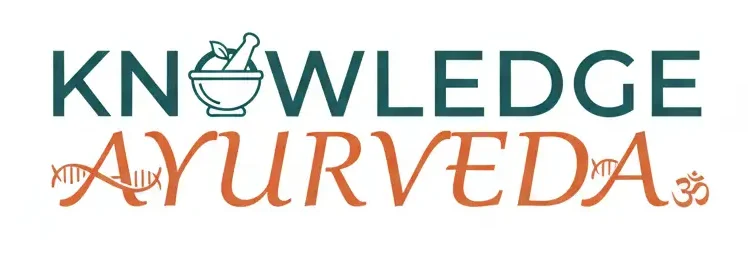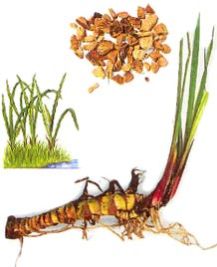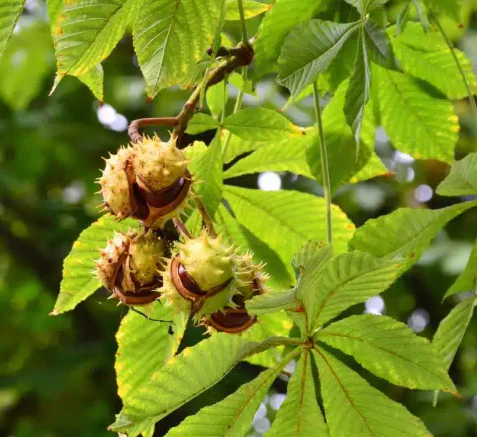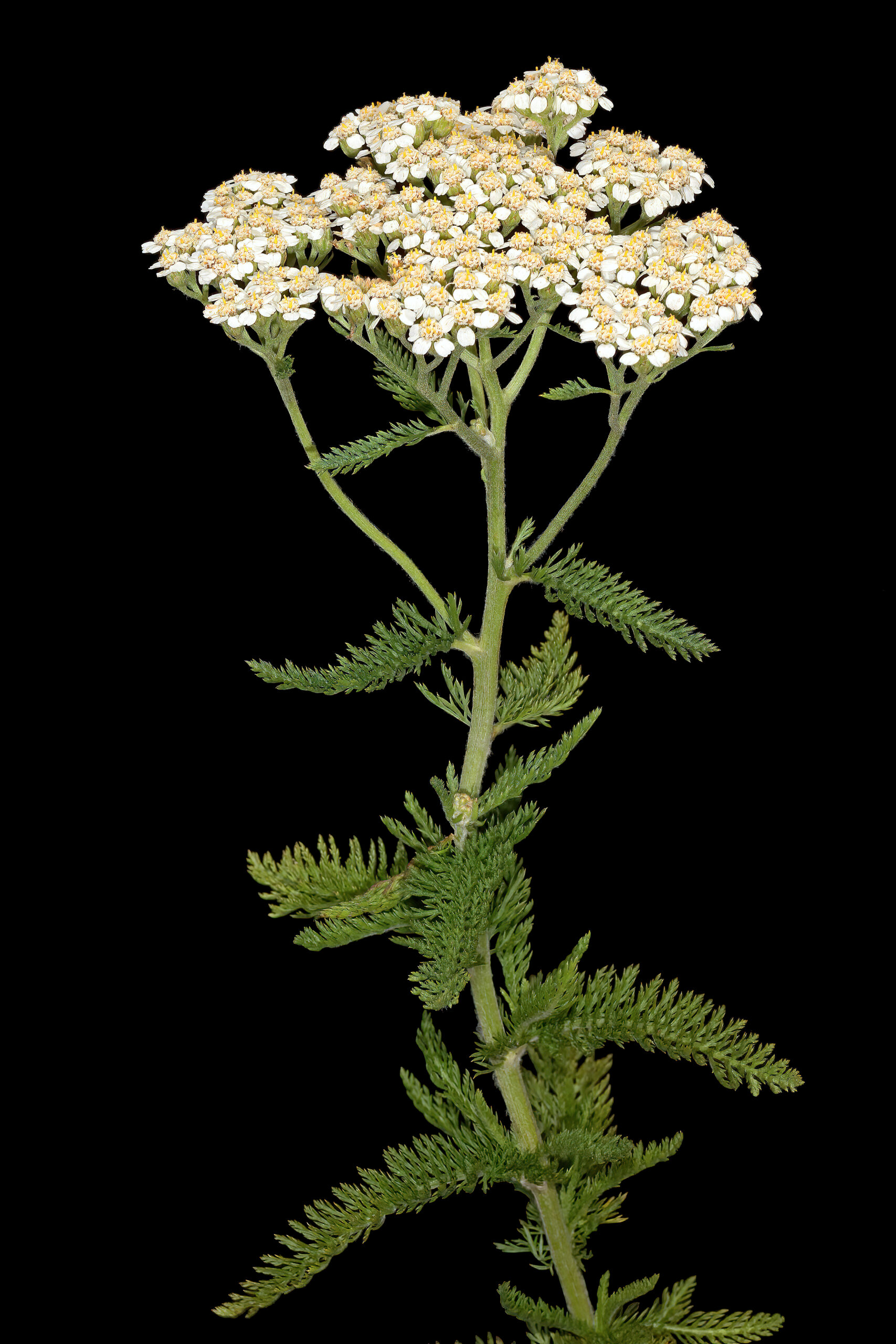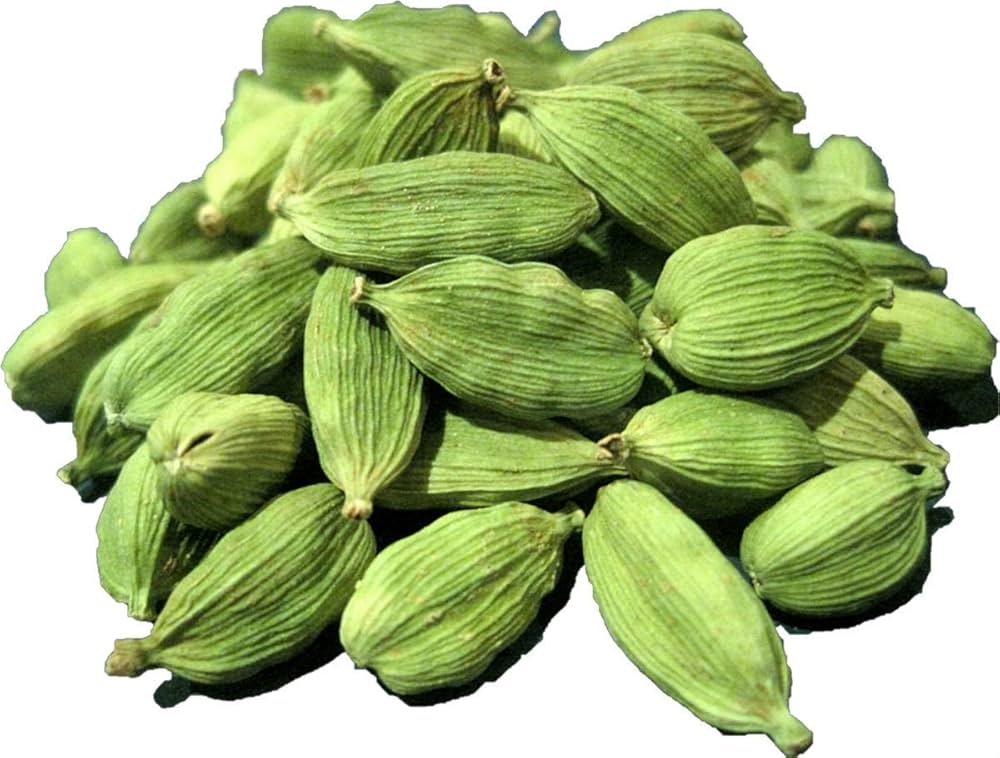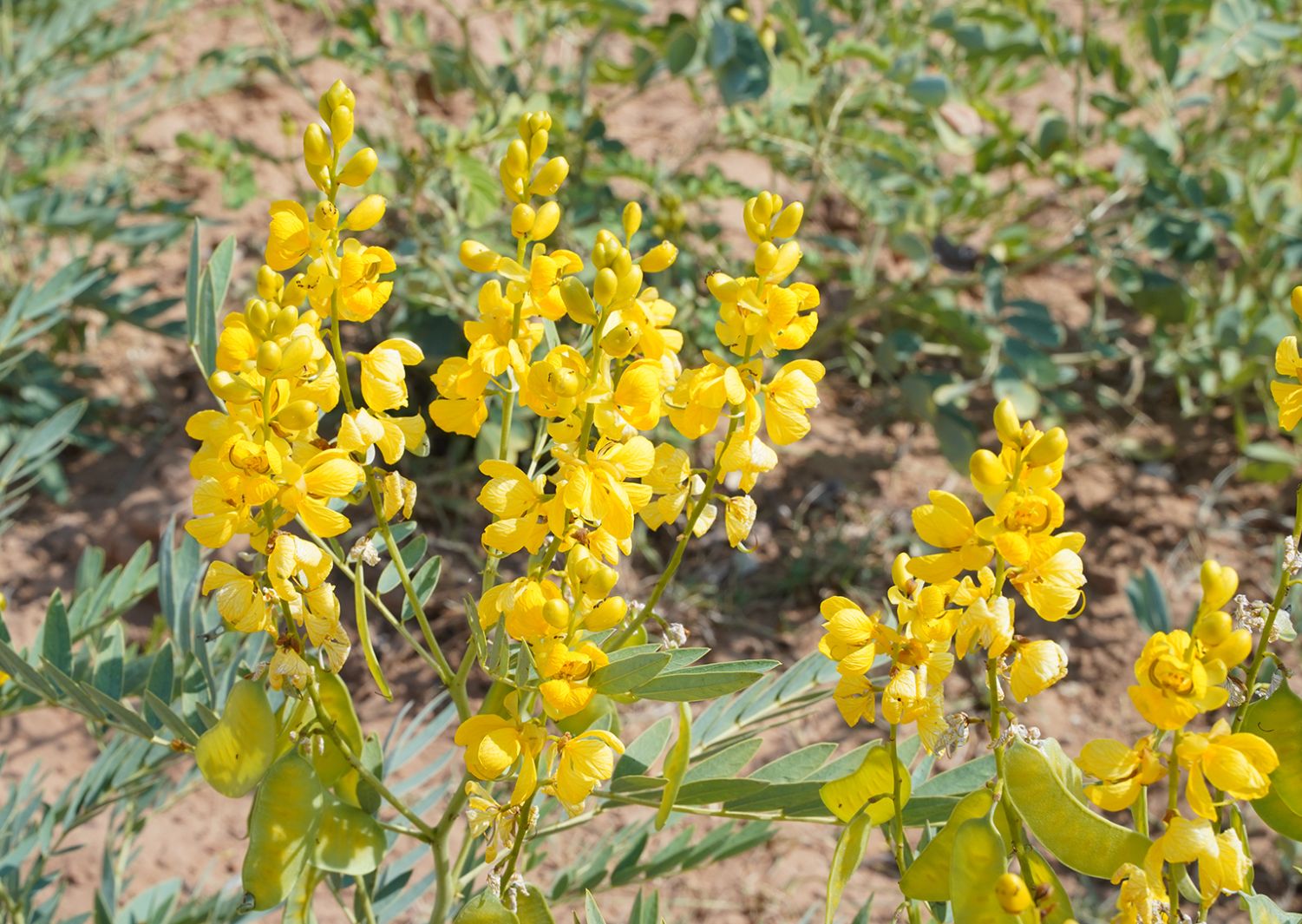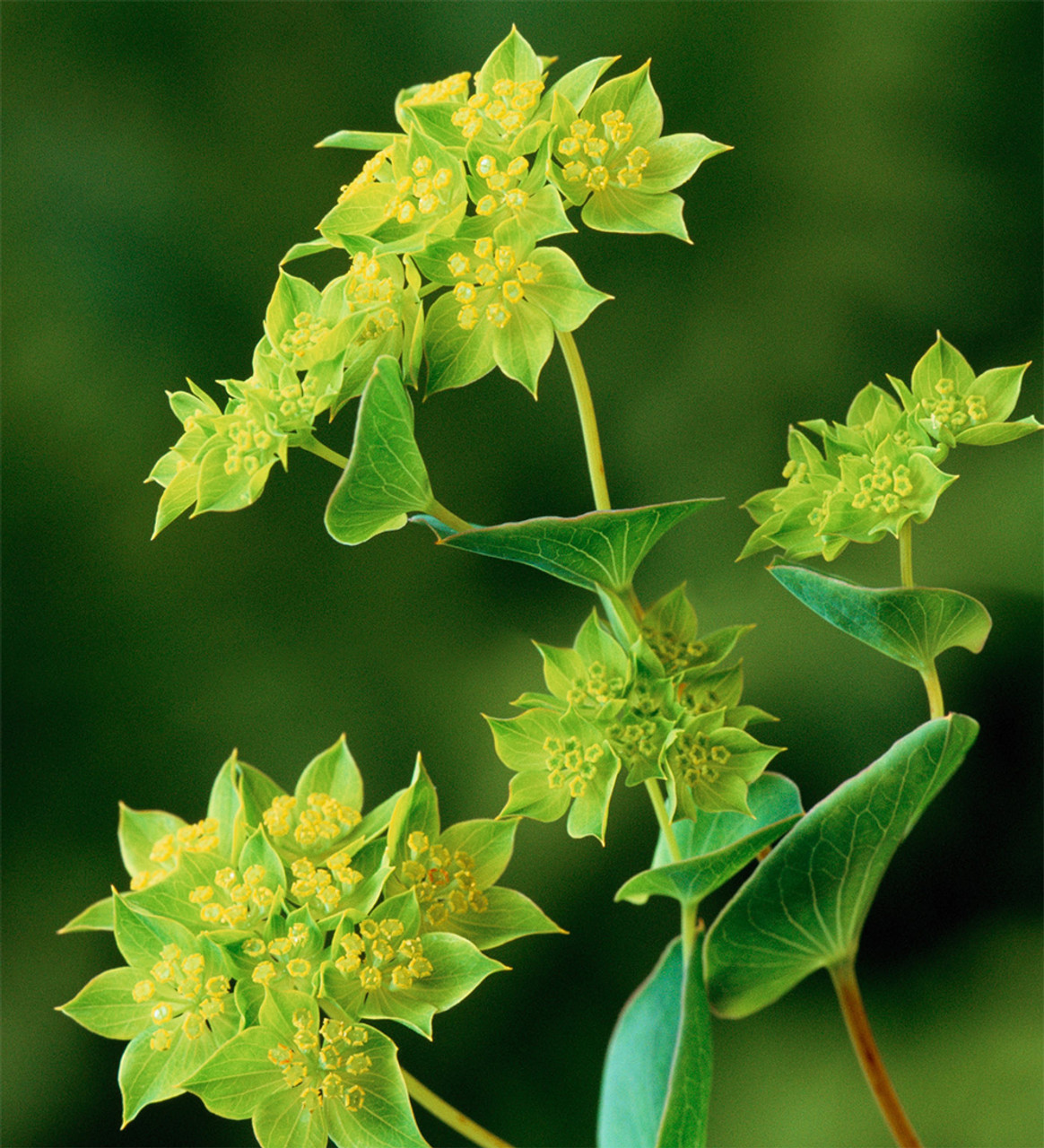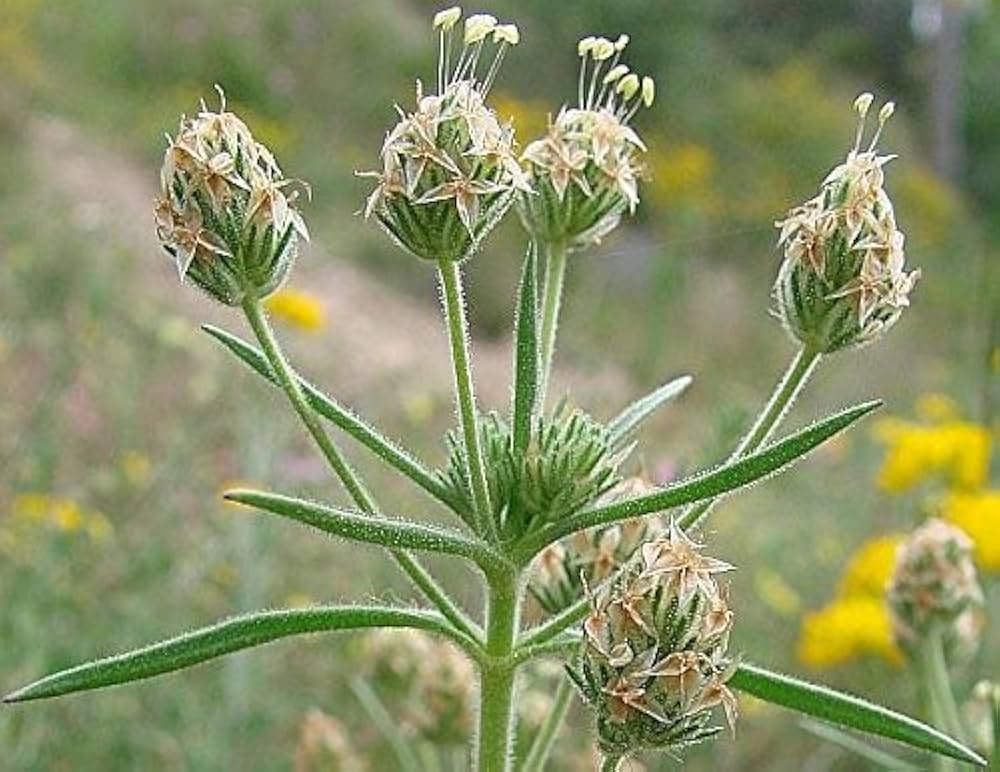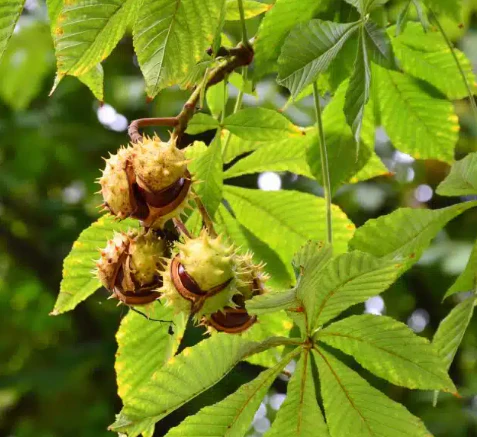
Horse Chestnut has a long history of traditional use, especially in European folk medicine, where it was highly valued for supporting circulation, reducing swelling, and soothing inflammation. The seeds, bark, and leaves were all used in various preparations.
✅ 1. Circulatory Health and Vein Support
- Horse Chestnut was traditionally used to strengthen blood vessels and improve blood flow, especially in the legs.
- Herbalists prescribed it for conditions like varicose veins, swollen legs, chronic venous insufficiency (CVI), and hemorrhoids.
- Traditional poultices or ointments made from crushed seeds were applied externally to relieve leg heaviness and reduce vein swelling.
✅ 2. Relief from Bruises, Sprains, and Muscle Injuries
- Horse Chestnut preparations were widely used to reduce bruising and soothe sprains.
- The herb’s anti-inflammatory properties helped speed up healing of muscle injuries and joint swelling.
- External applications, like compresses made from the bark or seeds, were common treatments for physical trauma.
✅ 3. Anti-inflammatory Support
- Traditional healers used Horse Chestnut to calm inflammation, both internally and externally.
- It was sometimes given for arthritis, rheumatism, and painful joint conditions.
✅ 4. Digestive Health
- Though less common, the bitter bark was occasionally used as a digestive tonic.
- It helped stimulate digestive secretions and relieve bloating and indigestion.
- Horse Chestnut bark infusions were used cautiously, given the plant’s natural toxicity in raw form.
✅ 5. Protection and Good Luck
- In folklore, Horse Chestnut seeds were carried in the pocket to ward off rheumatism or bring good luck.
- Some traditions believed that carrying the shiny brown seeds could help draw away pain and attract positive energy.
⚠️ Important Traditional Caution
- Raw Horse Chestnut parts (especially seeds and bark) were known to be toxic if not properly prepared.
- Traditional healers often boiled, roasted, or processed the parts to remove harmful substances before medicinal use.
- Even traditionally, external application was more common than internal use to avoid toxicity.
In summary, Horse Chestnut has been a trusted traditional remedy for promoting healthy veins, reducing swelling, healing bruises, easing inflammation, and even offering folk protection charms. 🌰✨ It remains an important herb in natural medicine today, though modern use focuses on safe, standardized extracts.
